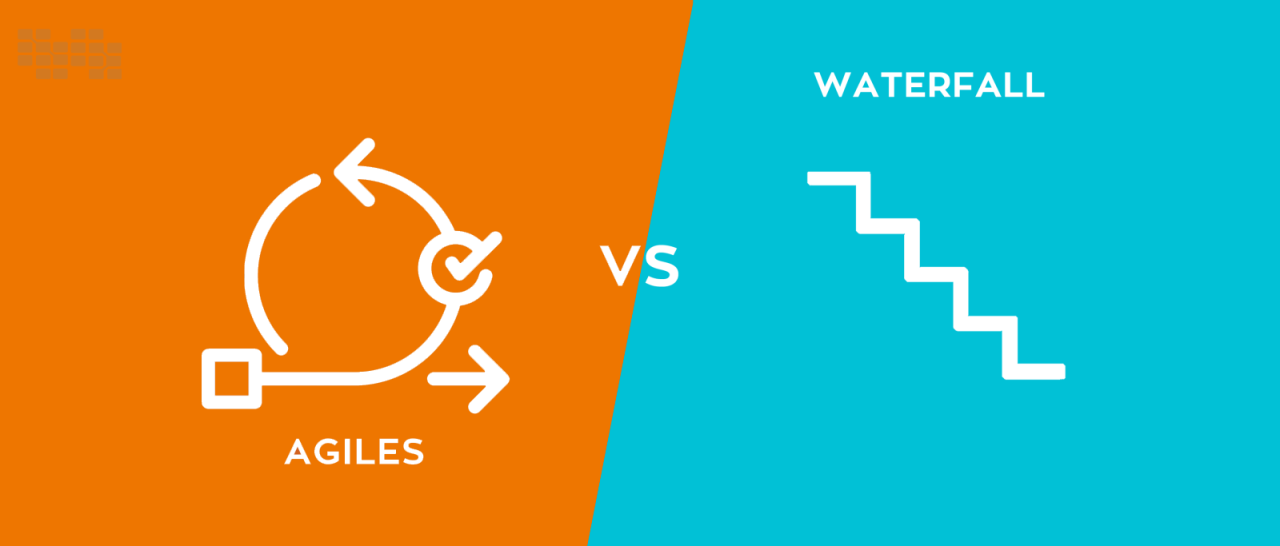Difference between Agile and Waterfall methodologies in SDLC
 Chaithanya
Chaithanya
Imagine trying to build a house: would you meticulously plan every brick before laying one, or adapt as you build, adjusting to new tools and unexpected opportunities? The same dilemma applies to software development, where choosing the right methodology can make or break your project. Here's a breakdown of the two most popular approaches: Waterfall and Agile.
Waterfall: Picture a majestic cascade flowing steadily from beginning to end. That's Waterfall. Each stage – requirements, design, development, testing, deployment – occurs one after the other, like water gushing through different levels. It's structured, predictable, and ideal for well-defined projects with fixed requirements. Think building a classic brick-and-mortar house with blueprints in hand.
Agile: Now imagine a winding river, changing course with every bend, adapting to the terrain. That's Agile. It's all about iterative cycles, with short sprints of development, testing, and feedback in quick succession. Think building a treehouse, figuring things out piece by piece, incorporating new ideas along the way. Agile thrives on flexibility and embracing change, perfect for projects with evolving requirements or uncertain landscapes.
Here's how they differ:
Planning: Waterfall plans everything upfront, while Agile embraces iterative planning, adjusting as they go.
Flexibility: Waterfall is rigid, changes are costly, while Agile welcomes changes throughout the process.
Customer involvement: Waterfall involves customers at the beginning and end, while Agile brings them into every sprint, ensuring constant feedback.
Risk management: Waterfall identifies risks early, while Agile manages them continuously through short cycles.
So, which one is right for you?
Waterfall: Choose it for well-defined projects with stable requirements, clear deadlines, and predictable environments. Government projects or building a new accounting system fit well here.
Agile: Embrace it for projects with evolving requirements, uncertain environments, a need for rapid feedback, or where innovation is key. Think developing a cutting-edge mobile app or a dynamic website.
Remember: Both Waterfall and Agile have their strengths and weaknesses. The key is to understand your project's specific needs and choose the methodology that will help you navigate the software development jungle with agility and resilience.
Bonus tip: Hybrid approaches combining elements of both methodologies are also gaining popularity, offering the best of both worlds for projects with unique needs.
I hope this simplifies the complex world of Waterfall and Agile! Let me know if you have any questions or want to dive deeper into specific aspects.
Subscribe to my newsletter
Read articles from Chaithanya directly inside your inbox. Subscribe to the newsletter, and don't miss out.
Written by
